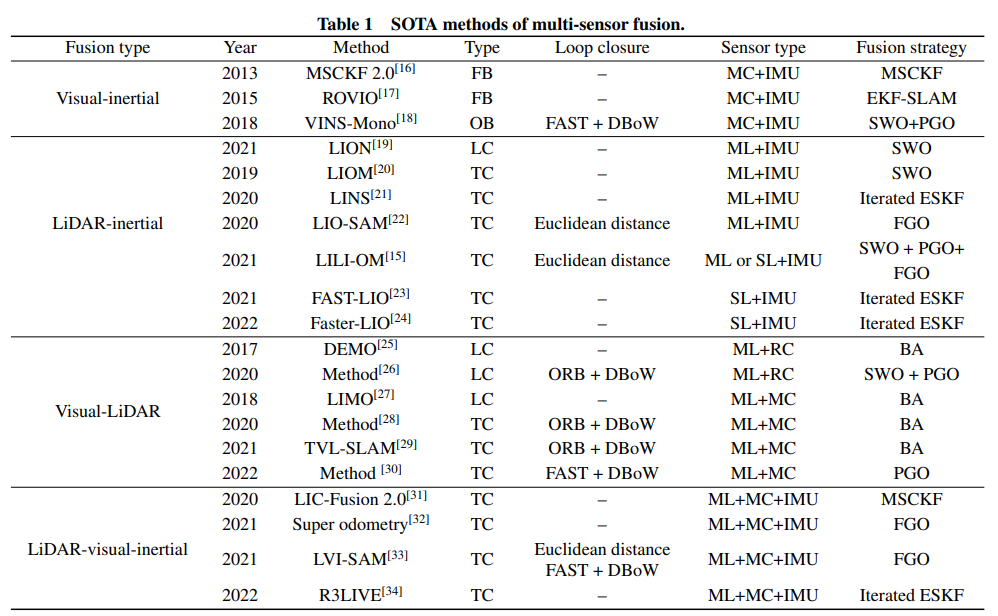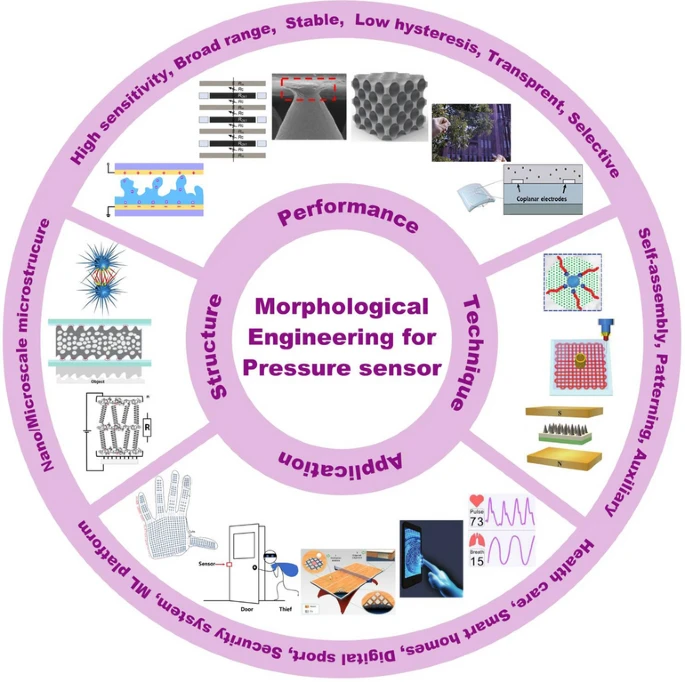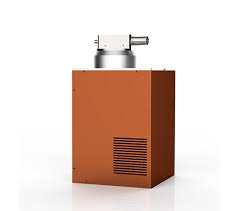Gyroscope sensors, also known as angular velocity sensors, are critical for attitude determination in applications ranging from consumer electronics to aerospace. By detecting angular motion around one or more axes, gyroscopes enable precise tracking of orientation and movement. This article explores the history, composition, working principles, and applications of gyroscopes, with a focus on their role in embedded systems and consumer devices.
Origin of the Gyroscope
The term "gyroscope" was coined in 1850 by French physicist L¨¦on Foucault, who studied Earth's rotation. Combining the Greek words "gyro" (rotation) and "skopein" (to see), Foucault named the device to describe its ability to maintain a fixed orientation due to the inertia of a high-speed rotor. Early gyroscopes consisted of a spinning rotor mounted on a gimbal, allowing it to rotate freely in three dimensions. The rotor¡¯s axis, unaffected by external movements, was used to calculate angular velocity, with three surrounding axes (X, Y, Z) forming the basis of a three-axis gyroscope.
Basic Components
A gyroscope is a rigid body rotating around a fixed point with three degrees of freedom, typically comprising:
- Gyro Rotor: A high-speed spinning component, often driven by synchronous, hysteresis, or three-phase AC motors, maintaining near-constant rotational speed.
- Inner and Outer Frames: Structures that allow the rotor¡¯s axis to rotate freely, providing angular freedom.
- Accessories: Components like torque motors and signal sensors for data output and control.
The rotor, often a flywheel, is the core element, and its mounting within frames enables the detection of angular changes in a three-dimensional space.
Working Principle
Gyroscopes measure angular velocity based on the Coriolis effect, where an object moving linearly in a rotating coordinate system experiences a perpendicular force and acceleration. In a gyroscope, a rotating rotor maintains its orientation due to angular momentum. When an external force tilts the device, the rotor¡¯s axis resists change, but the resulting motion induces a measurable shift. For example, if a force is applied to one point of the rotor, the point¡¯s potential energy interacts with the rotor¡¯s rotation, causing it to move from a lower to a higher position, with residual energy influencing further motion. This dynamic is detected along the X, Y, and Z axes, and the resulting signals are processed to determine angular velocity.
Unlike gravity sensors, which detect linear displacement in limited directions, gyroscopes provide omnidirectional angular sensing, making them far more versatile for complex motion tracking.
Key Dynamic Properties
Gyroscopes exhibit two fundamental properties based on the conservation of angular momentum:
- Rigidity (Inertia): A high-speed rotor maintains a fixed axis orientation in inertial space without external torque, resisting changes to its axis. Stability increases with greater rotational inertia and angular velocity.
- Precession: When an external torque is applied to one axis (e.g., outer frame), the gyroscope rotates around another axis (e.g., inner frame), allowing controlled angular adjustments.
Applications in Aerospace and Navigation
Initially developed for maritime navigation, gyroscopes are now integral to aerospace and defense. They serve as sensitive elements in automatic control systems, providing signals for orientation, position, velocity, and acceleration. These signals enable precise control of aircraft, ships, missiles, and spacecraft, ensuring accurate flight paths and orbits. Gyroscopes also provide orientation benchmarks for ground facilities, tunnels, railways, oil drilling, and missile silos, underscoring their importance in both defense and infrastructure.
Applications in Consumer Electronics
In consumer electronics, microelectromechanical systems (MEMS) gyroscopes enhance functionality across multiple domains:
- Navigation: Combined with GPS, gyroscopes improve smartphone navigation, rivaling professional systems used in ships and aircraft.
- Camera Stabilization: Gyroscopes enable anti-shake features, enhancing photo and video quality.
- Gaming: In games like first-person shooters or racing, gyroscopes track hand movements for immersive controls, such as screen orientation or steering.
- Input Devices: Acting as a 3D mouse, gyroscopes support gesture-based inputs, including electronic signatures.
- Augmented Reality: Gyroscopes enable precise motion tracking for AR applications, enhancing user experiences.
In automotive applications, high-end vehicles use 25 to 40 MEMS sensors, including gyroscopes, to monitor system states and provide data to onboard computers for improved control.
Conclusion
Gyroscope sensors, leveraging the Coriolis effect and angular momentum, are essential for attitude determination in embedded systems. Their ability to measure angular velocity with high precision supports applications from navigation and aerospace to consumer electronics and automotive systems. With properties like rigidity and precession, gyroscopes provide robust solutions for orientation tracking, driving innovation in both industrial and everyday technologies.
 ALLPCB
ALLPCB






